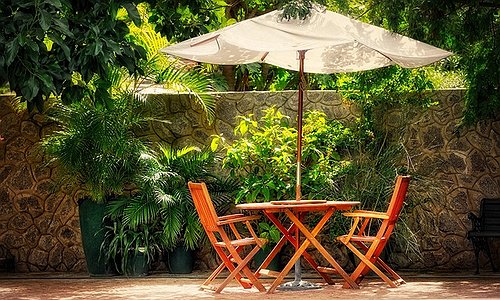What the windpump repairman can teach us about resilience
In the Karoo, where the earth is dry and the water sleeps deep underground, the windpump is a totem of survival. Not a windmill, this is no relic of milling grain. The windpump is different: it draws life from the deep, spinning wind into water.
When it stops, someone has to climb.
Step one: listen
Before he does anything, the windpump repairman listens.
The clatter is gone. The wheel spins loose, or not at all. Maybe the pump rod no longer moves. Maybe the well yields nothing. The signs are subtle, but he knows what to look for. He walks the frame, checks the tower’s lean, watches the tail and rotor, listens for the click that should be there, and isn’t.
Lesson: All breakdowns begin in silence. Resilience begins in listening.
Step two: secure the sky
He doesn't climb blind.
First, he ties the rotor off, binds it still so it won’t catch a gust and strike him down. He knows the wind. It can shift without warning, turn mild into menace.Then, like a priest ascending a steeple, he climbs, boots steady on narrow rungs, hands familiar with rusted metal and sun-hot bolts.
Lesson: You cannot repair what you haven’t made safe. Strength without caution is recklessness.
Step three: take it apart, piece by piece
At the top, he unfastens the head.
He loosens the gearbox. Disconnects the long, steel sucker rod that drops down into the borehole below. He unbolts the cylinder, a sealed chamber where water is drawn, and lowers it slowly, carefully, into daylight. The parts resist. They’ve been in place for years. But he coaxes them free, one by one.
Lesson: To rebuild something, you must be willing to dismantle it. With care. With patience.
Step four: replace what no longer holds
Inside the cylinder, the old leathers, valve cups, are cracked and brittle.
The check valve is worn smooth. These are the parts that create suction, that move the water. Without them, nothing flows. He swaps them out. New leathers, soft and strong. A clean valve. Threads wound tight.
Lesson: Some things can be preserved. Others must be let go. Know the difference.
Step five: put the heart back in
He raises the cylinder again, reconnects the pump rod, realigns the head.
He greases the bearings, checks the gears. Then, at last, he unbinds the rotor and lets the wind take it. It turns slowly. Then faster. The head nods. A rhythm returns. Minutes later, water begins to rise.
Lesson: Restoration is not instant. It begins with turning, and turning, and trust.
Step six: keep coming back
Even a fixed windpump needs tending.
Bearings wear. Bolts loosen. Dust gathers. And always, the wind works to undo what’s been done. So, the windpump repairman comes back, month after month, season after season. Not because it’s broken, but because it matters.
Lesson: What you rely on must be maintained. Resilience is not a single act. It is a way of living.
The Karoo doesn’t forgive easily. It doesn’t offer abundance, but it does reward those who learn its ways, the ones who understand that strength isn’t in pushing harder, but in knowing when to climb, when to rest, and when to listen.




